🌞 in defense of beans 🌞
an overview of the very overlooked staple
beans are not what i would call a “cool food.” they are not trendy, like asian greens. they are not polarizing, like beets. they did not make a comeback with the health movement, like kale. they do not make a summer feel like summer, like tomatoes or cucumber.
i don’t think i’ve ever heard someone say I LOVE BEANS. i mostly just hear how people don’t care about them and then I get stuck in conversations where everyone realizes there are SO many kinds, what is the difference, and isn’t soaking them overnight just a lot?
i have 3 bean-related childhood memories: black-eyed peas, which i simply hated. lima beans, which i distinctly remember tasting like chalk. and black beans in burritos which made them dry. my takeaway was: beans, what a nuisance.
i also assumed beans were brown, white or black. turns out if you get outside the few options at the grocery store, they are a spectacular range of colors, patterns and shapes.
*from @a_little_garden’s harvest
it was not until i haphazardly cooked some dry beans from a local farmers market and was overwhelmed 🤯 — and i had done NOTHING to them. i sauteed onions in a pot and then let them simmer for 2-ish hours. i went from avoiding beans at all costs to seeking them out for multiple meals a week.
i later learned that most farmers market beans were grown within a year while beans at the grocery store can be 2-5+ years old. 🤯 it’s true that dry beans store for almost 30 years but they lose flavor and nutritional value after the first year in storage.
so what is a bean?
beans are legumes and legumes do something VERY cool. their roots conduct little science experiments in the soil, transforming one form of nitrogen (atmospheric N2) into another form (ammonium NH4) that can be used for plant food. this is really remarkable: most plants pull high levels of nutrients out of the soil, but beans produce their own nitrogen. (if you’ve heard of the 3 sisters, bean’s contribution was creating nitrogen to feed the corn and squash. corn’s contribution was giving beans a trellis to grow up, and squash’s contribution was shading the ground so the others didn’t dry out too fast.)
beans are one of the oldest cultivated foods. they’re considered a ‘superfood.’ they have the highest protein content of any plant food and are very high in fiber, vitamin b, and the amino acid lysine. they are usually ready to harvest 50-60 days which is FAST. this means in zone 7 you could get 3 seasons of beans between last and first frost. 🤯
if you were ever in a position to grow food because you had to, beans would be a top choice for their productivity and storage through winter. ❄️
are you starting to believe in the bean just a little more?
*’nonna agnes’ blue bean by experimental farm network
are there different categories of beans?
yes. there are 40,000 varieties 😱 in the world gene banks but only about ten varieties are mass produced and available in stores.
the legume family is divided into 23 genuses but when we say beans, we are MOSTLY are talking about varieties in the vulgaris or “common” bean species. you will know it’s a common bean if you see ‘phaseolus vulgaris’ as the scientific name.
*@green.haven.gardens’s common beans from her home garden.
OKAY I’M SOLD ON BEANS HOW DO I CHOOSE
based on my recent experience, most of the interesting varieties that people are talking about tend to be different varieties of common, lima (butterbeans) or runner beans.
heirloom varieties are the most desired by chefs and small farmers for their quality and flavor. most people report heirlooms tasting richer and nuttier - and being more colorful. plus, it’s important to grow them! if we don’t, they will eventually become extinct. 🦖
*From @sortenerhalter’s heirloom diversity project. These are all lunatus (lima) bean varieties.
TWO WAYS TO CHOOSE BEANS
1 - how they grow
beans grow two ways: bush and pole.
bush types are little bushes: 1-2 feet tall. they typically mature quickly. they’re great for harvesting large batches at a time for canning or farming (all their beans ripen in a short window). you can also plant a few every 2-3 weeks to have a constant harvest.
pole types are anywhere between 5-12 feet tall and need a lot of trellising. they’re preferred for a long harvest season: they will keep making new flowers/beans as they’re picked and will produce a steady supply through summer and fall.
note: you can often select a bean (“a lima bean!”) and then find either a pole or bush variety.
2 - how and when they’re eaten
i try to grow a mix of snap (or string) beans, fresh shell beans, and dry beans.
snap/string types are my summer lunch bean. you eat them straight off the vine, pods and all. these are the green beans, wax beans, runners, etc. you can steam, saute, or simmer for 5 minutes with salt and shallots/onions, and they are a meal to themselves. so far dragon tongue is my favorite.
fresh shell beans are late summer/fall bean. you remove beans from pods and cook the beans before they have dried. no soaking, they cook in 20-ish mins. i hear amazing things about flambo.
dry beans are for fall and winter. let them dry, shell them, and store. eating them in the dead of winter is so rewarding. i will be trying a pole borlotti this year because i’ve been seeing they’re the most productive dry bean.
I recommend selecting 2-3 snap/string bean varieties and 2-3 shell/dry beans. Maybe look for a bush and pole type for each. This will give you great baseline knowledge for what beans you love and how you want to grow them.
KIDNEY BEANS (common: dry)
kidneys are a big bean!! often confused with pintos or red beans, which are smaller and more oblong. kidneys are a staple in india and mexico, as well as louisiana. we often see them in creole dishes. if your mom made gumbo growing up, these went in it. they’re often in hearty soups, chili, and mexican dishes. Hudson Valley has Light Red Kidney Beans that are A+ if you are in the northeast. they grow quickly and are a bush variety.
NAVY BEANS (common: dry)
i am SHOCKED to learn that this is the “baked beans” bean. i’ve always thought they were brown but they’ve just been simmered in tomato. the US navy used them as a daily meal in the 1800s which gave them their name.
if you want a soft creamy bean that is ideal for soups or lighter meals, consider growing them or go for an heirloom variety instead: Alubia Blanca Bean from Rancho Gordo. it’s a small, versatile spanish-style white bean.
YELLOW EYE BEANS (common: dry)
in the words of Rancho Gordo, “these make regular navy beans seem sad.” we think they originated from maine and were likely the original bean used for baked beans. we inherited baked beans from number of indigenous tribes, who baked their beans with bear fat, venison and maple syrup.
Photo by Gabriella Clare Marino
BORLOTTI / CRANBERRY BEANS (common: dry)
borlottis are from italy and highly sought after by chefs. they like long, hot summers so if you’re in a short summer area, look for a variety that does well in cooler temps!
CALYPSO BEANS (common: dry)
also called orca beans 🐳 these are the first bean i saw and FELT LIED TO ABOUT BEANS. i really thought beans were old, boring and plain! THESE ARE SO CUTE. here is a bush variety to try growing from Thresh Seeds. they’re a bit on the long side to harvest, especially for a bush bean, but i believe this is assuming you let it dry on the vine: 90 days.
SUNSET RUNNER BEANS (runner: snap, shell or dry)
i grew these and was NOT prepared. i grew them for their flowers because they are similar to sweet peas and have a gorgeous pale pink blossom but they are YUM. they’re a heavy duty runner, about 3x the diameter of a traditional green bean. saute the entire pod for 10 mins with onions for a very filling lunch. pods are slightly fuzzy. grows as a pole bean.
these are SO filling that i was hesitant to shell just the seeds for winter. if you want to grow them as a dry bean, you’ll want to grow as many as possible (20+ plants) and also look at their sister, the scarlet runner.
LIMA / BUTTERBEANS (lima: dry)
technically all lima and butterbean varieties are in the lunatus genus. in america, we often refer to limas as the slightly green varieties, and butterbean as the white or pale yellow ones grown in the south. they’re just two names for the same category of bean - and it also doesn’t matter. pay attention to the variety instead. i grew the Alabama Blackeye Butterbean this past year because it thrives in hot heat and drought. and it did! 💪
BROAD / FAVA BEANS (fava: snap, shell or dry)
this is the most recent bean to blow my mind. they are their own genus, and technically very different from common, lima, or runners. they are FROST HARDY. you can plant pre-last frost in the spring (similar to peas) and in the fall for winter harvests. if you try the Broad Windsor variety let me know how they grow.
THAT’S ALL FOR TODAY
i’ve been told by substack this is too long. 😢 i have sooooo many more things to say about beans (how to cook them! more heirloom varieties! do they really need to be soaked!), so there will be a part two. 🗞
- lauren, the new bean lady on the block


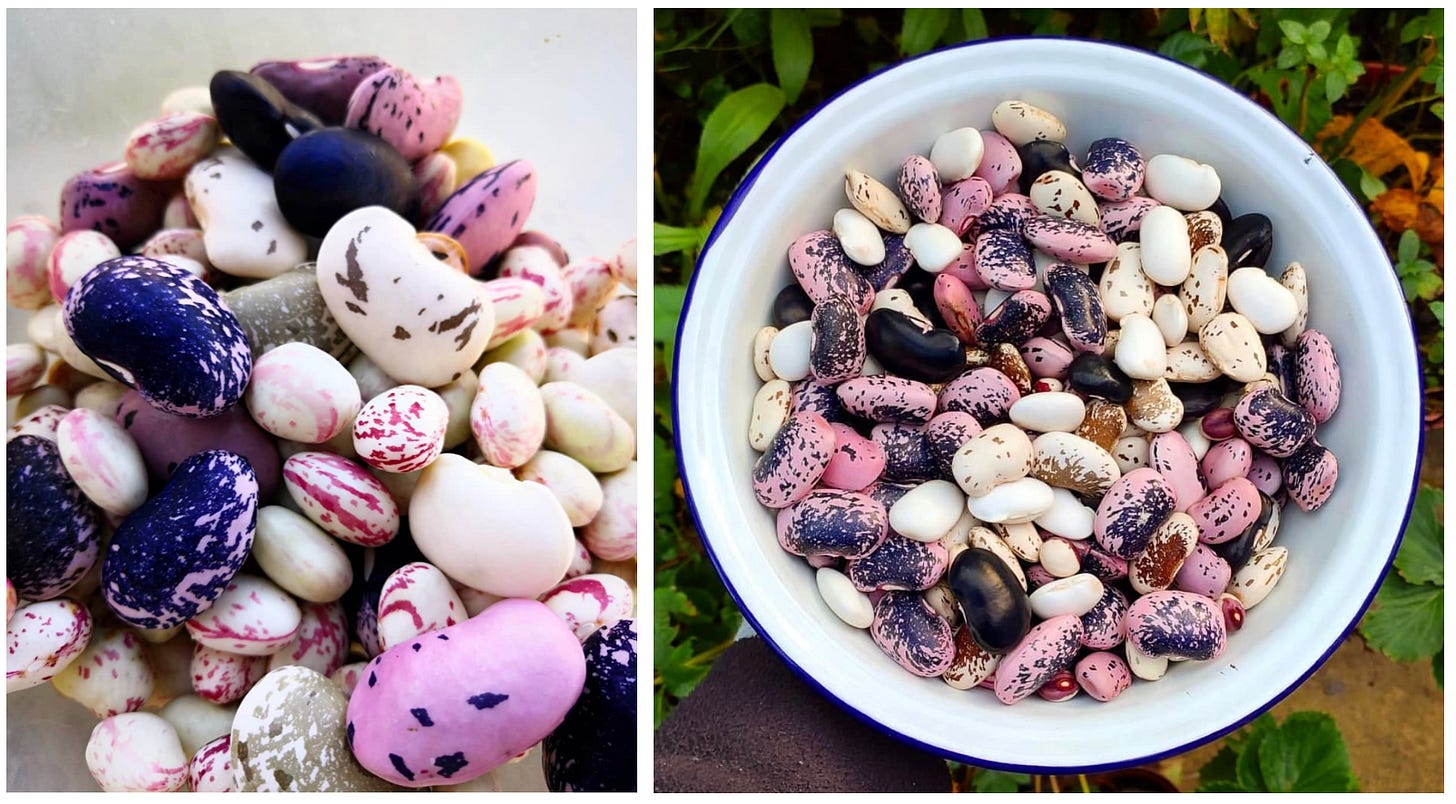
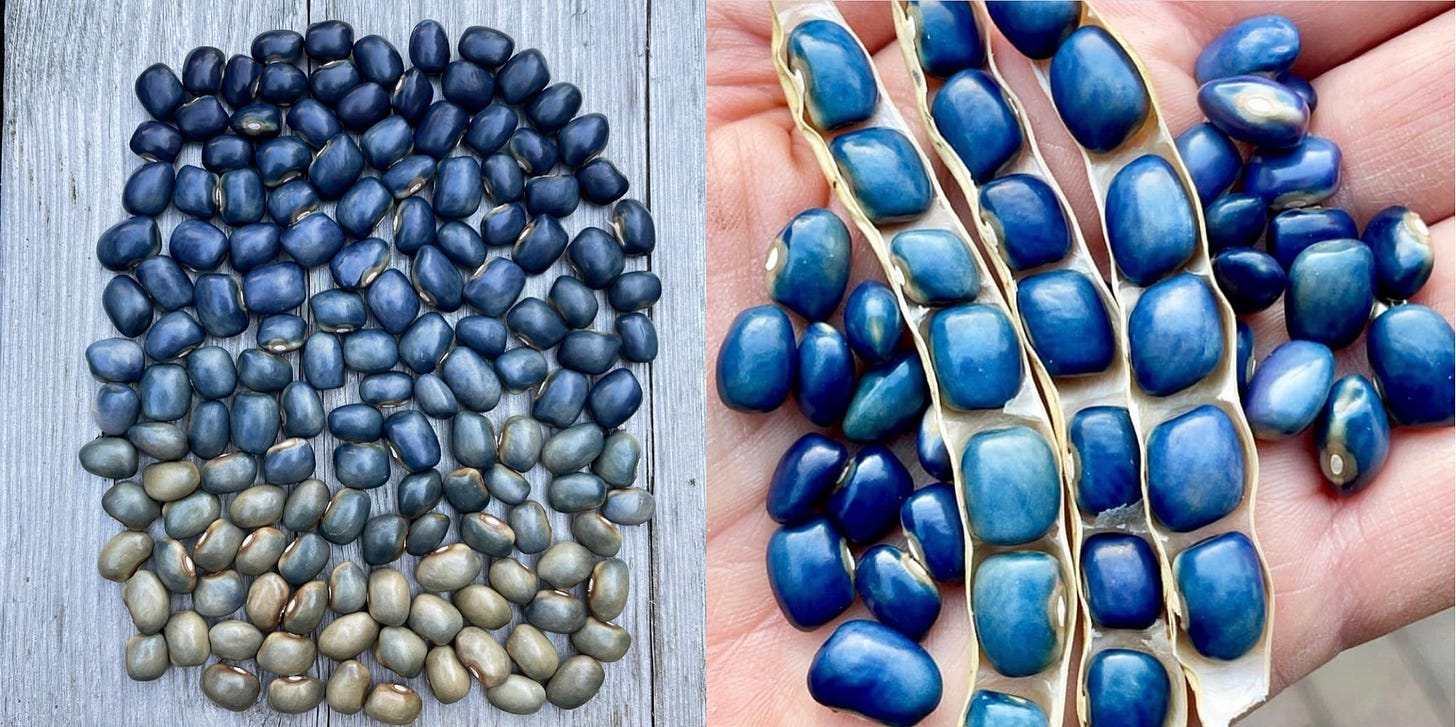




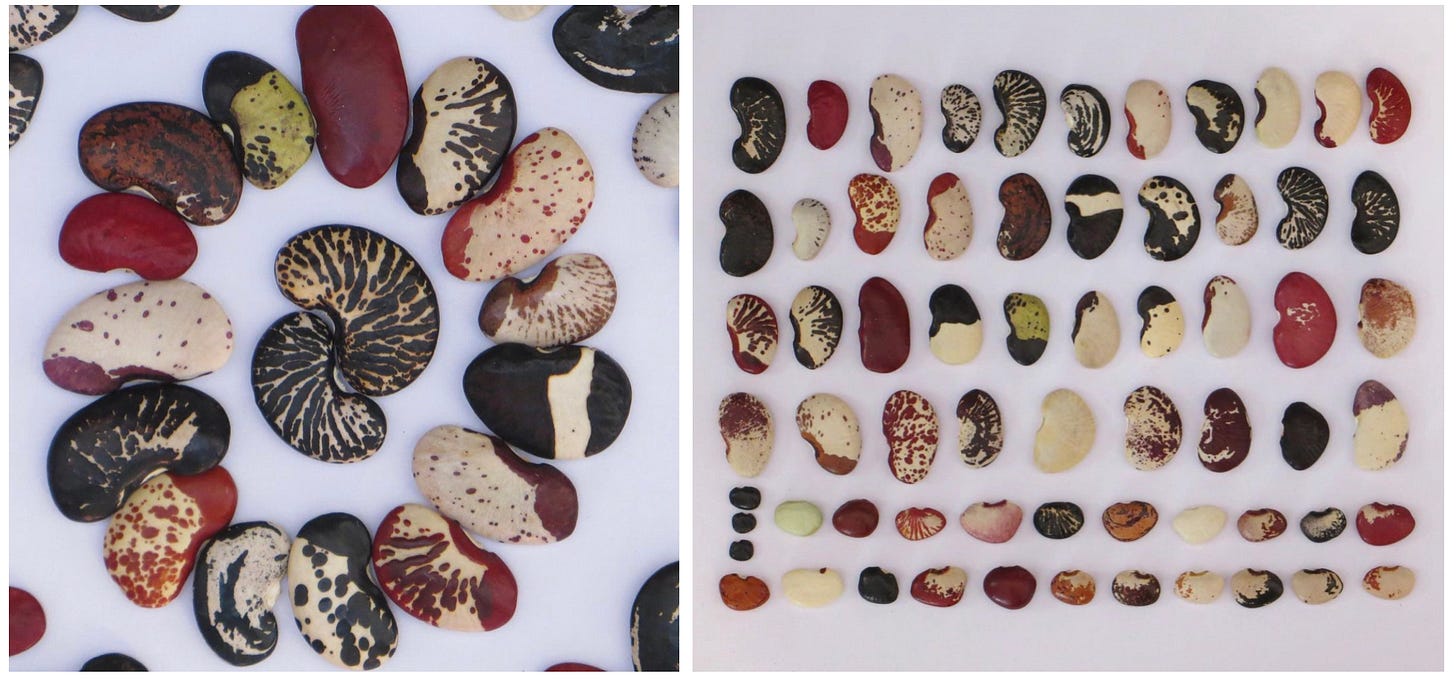




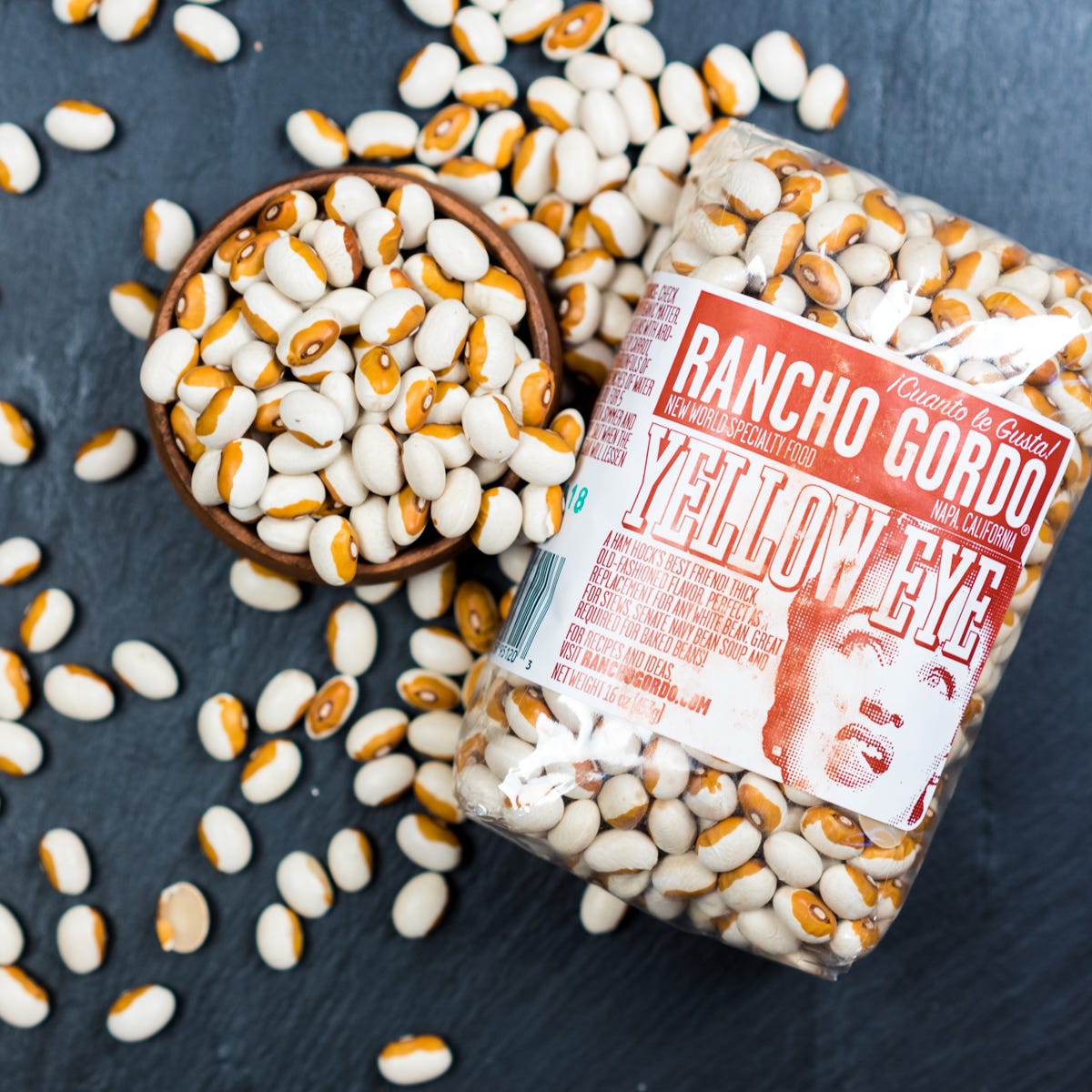
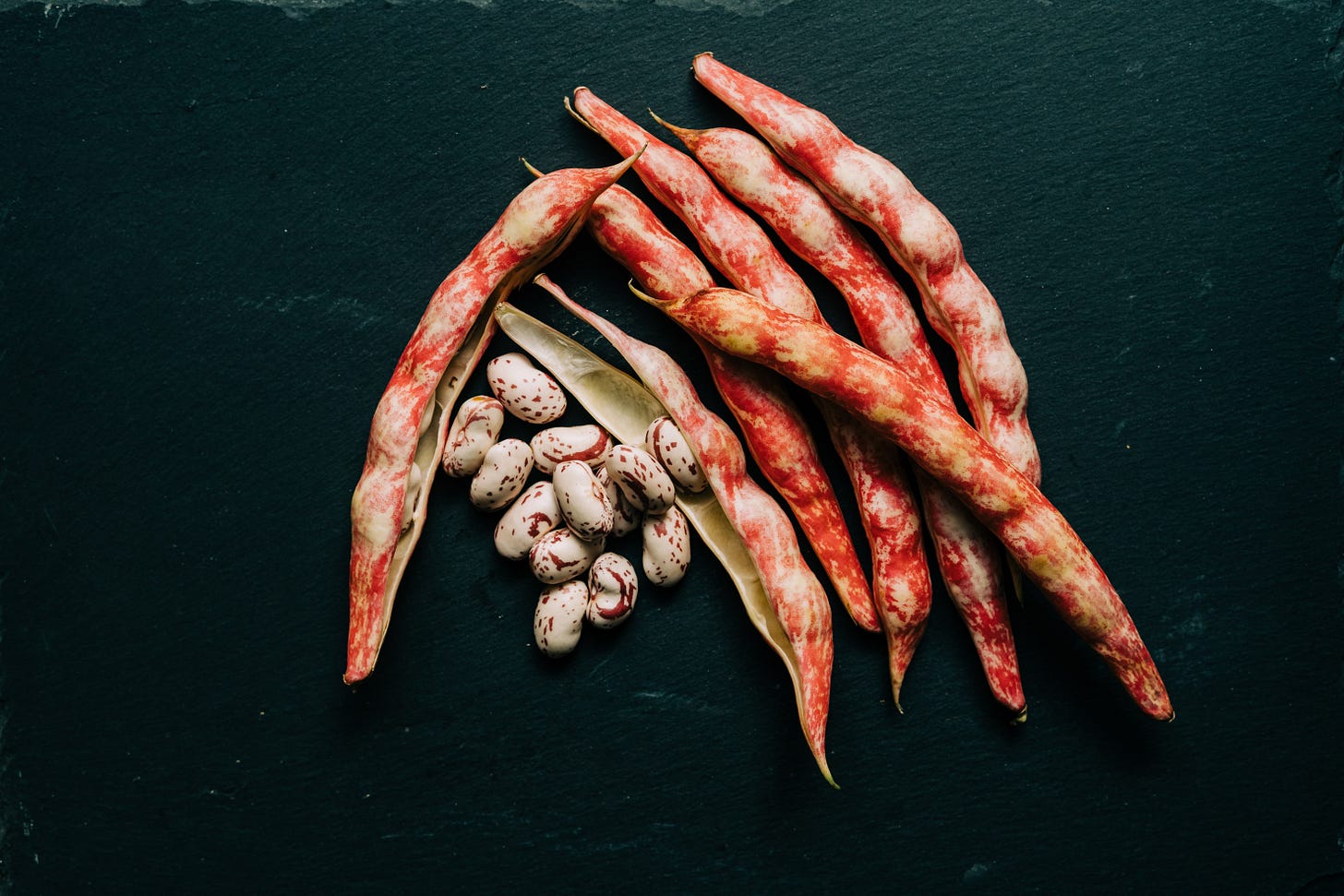

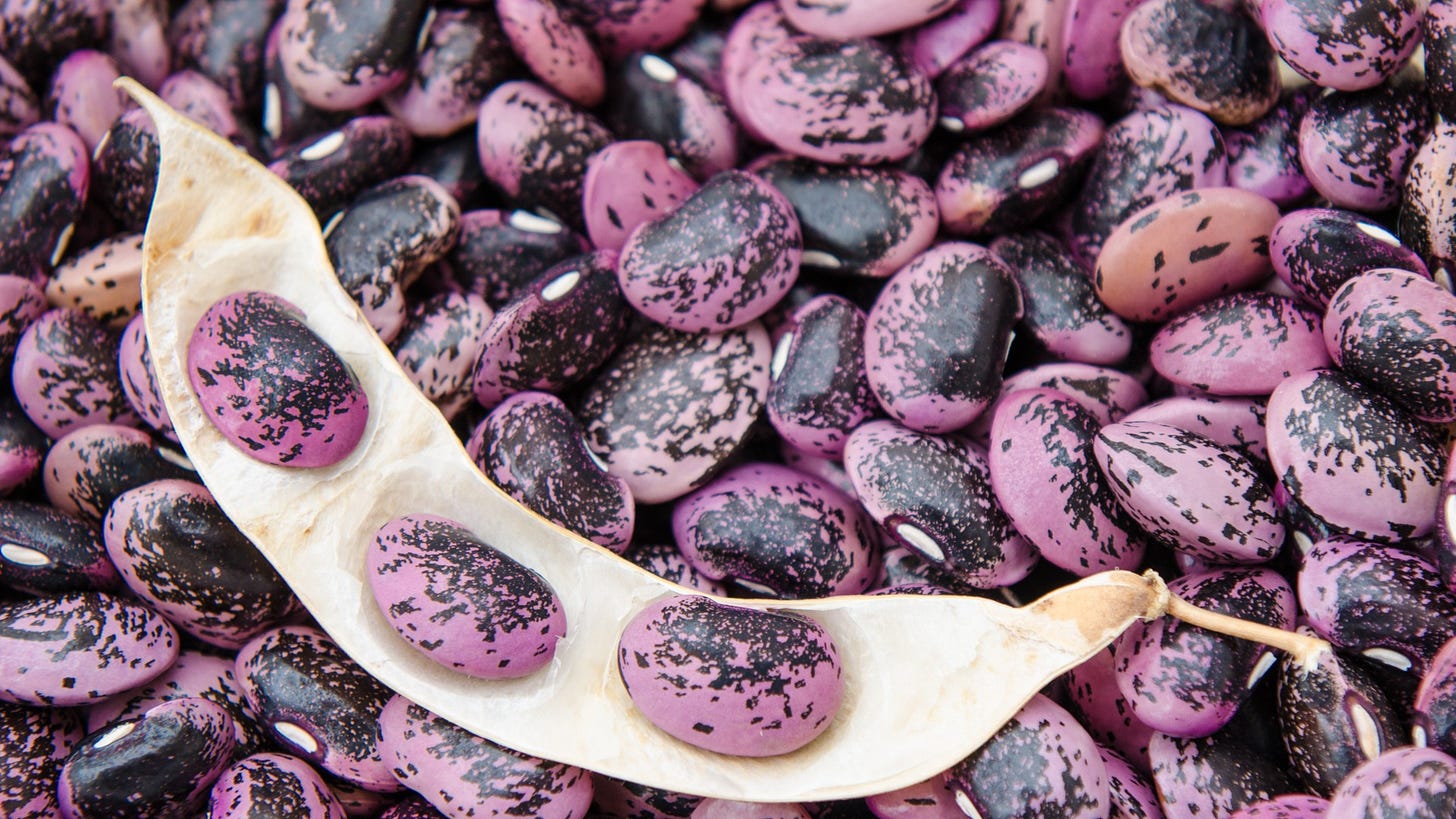

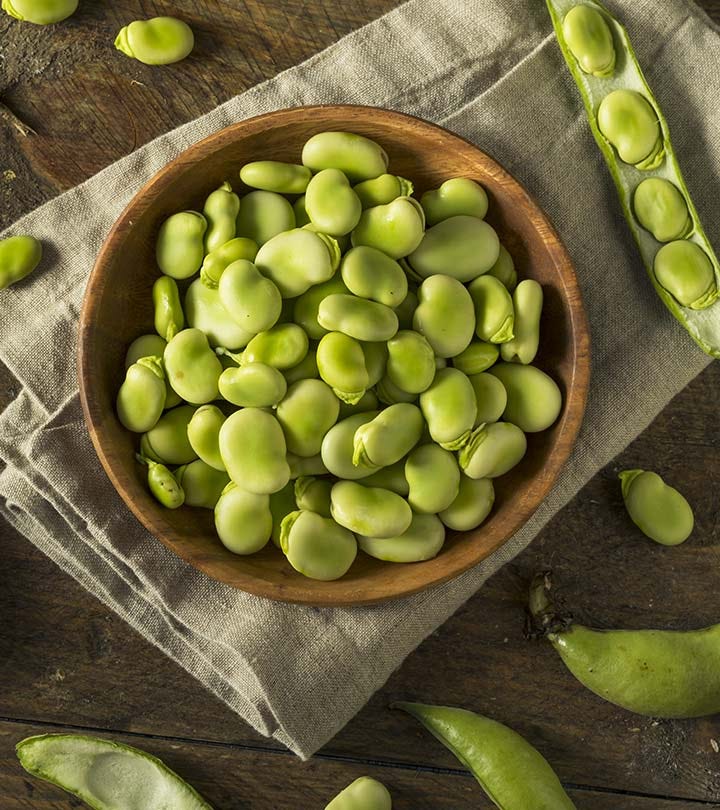

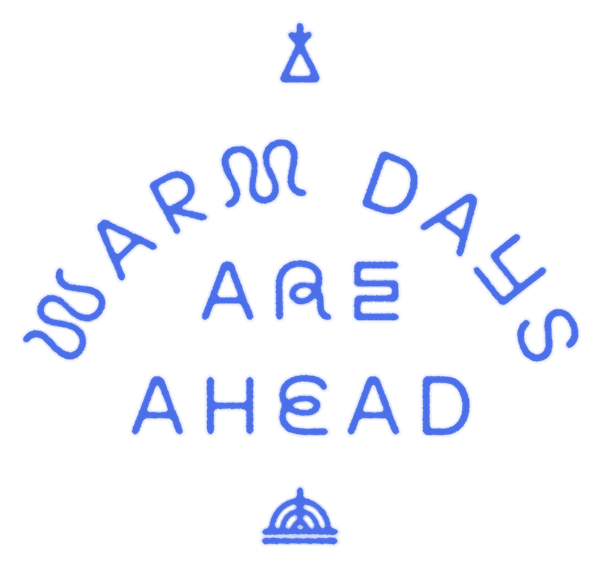
As a vegetarian I already love beans, but have felt intimidated about growing them / drying them. This has inspired me though… Maybe this is the year!
Just wanted to say I’m loving this newsletter! Super inspiring as I prep for my first year of raised bed vegetable gardening. Just got my bare root fruit trees in today!